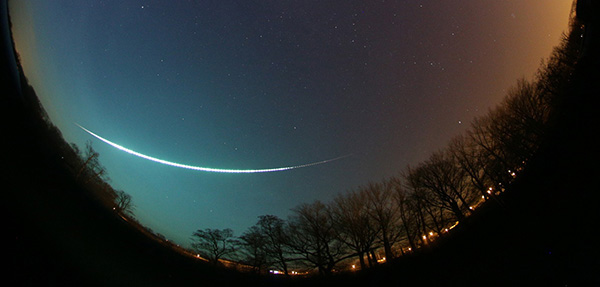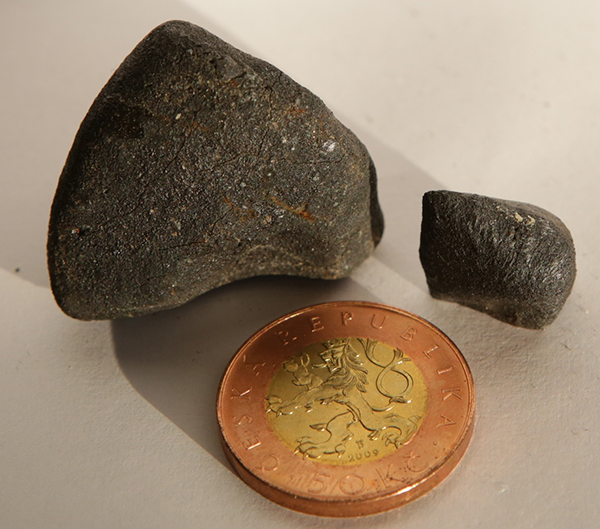Origin of spooky meteor noises reappraised by Labs researchers
When a meteor is about to conk your neighborhood and gives fair warning by emitting sizzling, rustling, and hissing sounds as it descends, you might think that the universe is being sporting.
But these auditory warnings, which do occur, would be contrary to the laws of physics if they were assigned to the friction of a fast-moving meteor or asteroid plunging into Earth’s dense atmosphere. Because sound travels far slower than light, the sounds should arrive several minutes after the meteor hits, rather than accompany or even precede it.

So maybe atmospheric shock waves from the meteor aren’t an accurate supposition for the cause of the spooky noises.
Another theory is that the sounds are created by radio frequency emissions. That seems unlikely without designated receivers.
But what if the sounds are caused by the brilliant, pulsating light emitted as the asteroid burns up in Earth’s atmosphere?
In an article published Feb. 1 in the journal Scientific Reports, the late Dick Spalding, a recently retired Sandian, reasoned that such intense light could suddenly heat the surface of objects many miles away, which in turn would heat the surrounding air. Colleagues John Tencer and Roy Hogan (both 1514), William Sweatt (1516), Ben Conley and Gigi Gonzales (both 5784), and Mark Boslough (1446), along with Pavel Spurny from the Astronomical Institute of the Czech Republic, experimentally demonstrated and analyzed that effect.

They found that objects with low conductivity, such as leaves, grass, dark paint, and even hair, could rapidly warm, transmit heat into nearby air, and generate pressure waves by subtle oscillations that create a variety of sounds. The process is called photoacoustic coupling.
Sounds concurrent with a meteor’s arrival “must be associated with some form of electromagnetic energy generated by the meteor, propagated to the vicinity of the observer, and transduced into acoustic waves,” according to the article. “A succession of light-pulse-produced pressure waves can then manifest as sound to a nearby observer.”
The experimenters exposed several kinds of dark cloth and a wig, among other materials, to intense pulsing light akin to that produced by a fireball. The process produced faint sounds similar to rustling leaves or faint whispers. Computer models bear out the results.
A less extreme version of the photoacoustic effect had been observed in 1880 by Alexander Graham Bell. Testing the possibilities of light for long-distance phone transmission, he intermittently interrupted sunlight shining on a variety of materials and noted the sounds produced.
